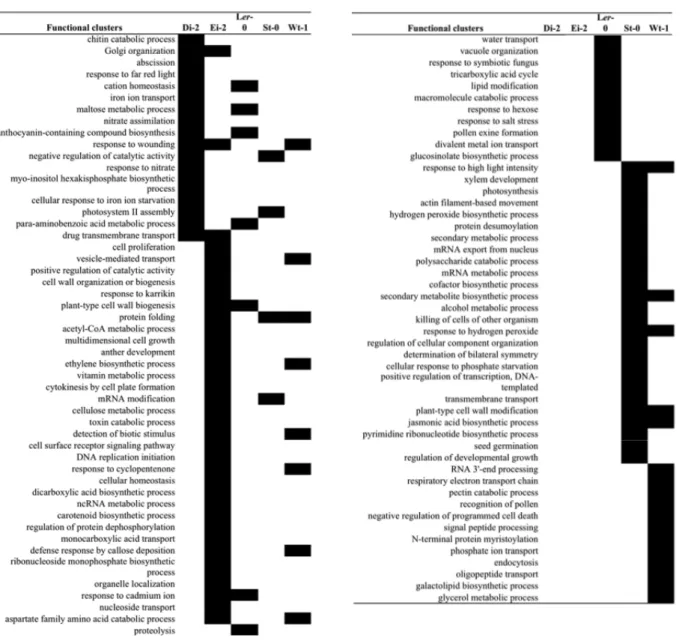EvoEvo Deliverable 1.4 : Analysis of phenotypic innovation (part 1)
Texte intégral
Figure




Documents relatifs
In contrast, Rabbit Meadow insects maladaptively preferred senescent over blooming plants (Singer & McBride, 2010).. Here we present data from unpublished censuses to ask whether
Having just completed the family medi- cine certification process (including the Medical Council of Canada Qualifying Examination [MCCQE] Part I and II, and the
burgdorferi species complex revealed a high degree of bacterial diversity within infected chipmunks, bank voles, and wood mice in the forest of Se´nart (France). The observed
The advent of high-throughput sequencing technologies has facilitated analysis of viral population genetics, and these tools are currently used to decipher the genetic structure
3 Worst Value-at-Risk Scenarios for the Multidimensional Problem The above result of Rüschendorf 1982 provides sharpness of the bounds for the n-dimensional problem for
Molecular phylogeography of Chelonus insularis (Hymenoptera: Braconidae) and Campoletis sonorensis (Hymenoptera: Ichneumonidae), two primary neotropical parasitoids of
We also estimated the Bray–Curtis dissimilarities (BCD) as interindividual distances based on mi- crosatellite data (Bray and Curtis 1957) and F ST distances (Weir and Cockerham
Therapeutic drug monitoring (TDM) with trough levels of infliximab (TLI) is considered a promising tool to guide dose adjustments of anti-TNF treatment because of a
